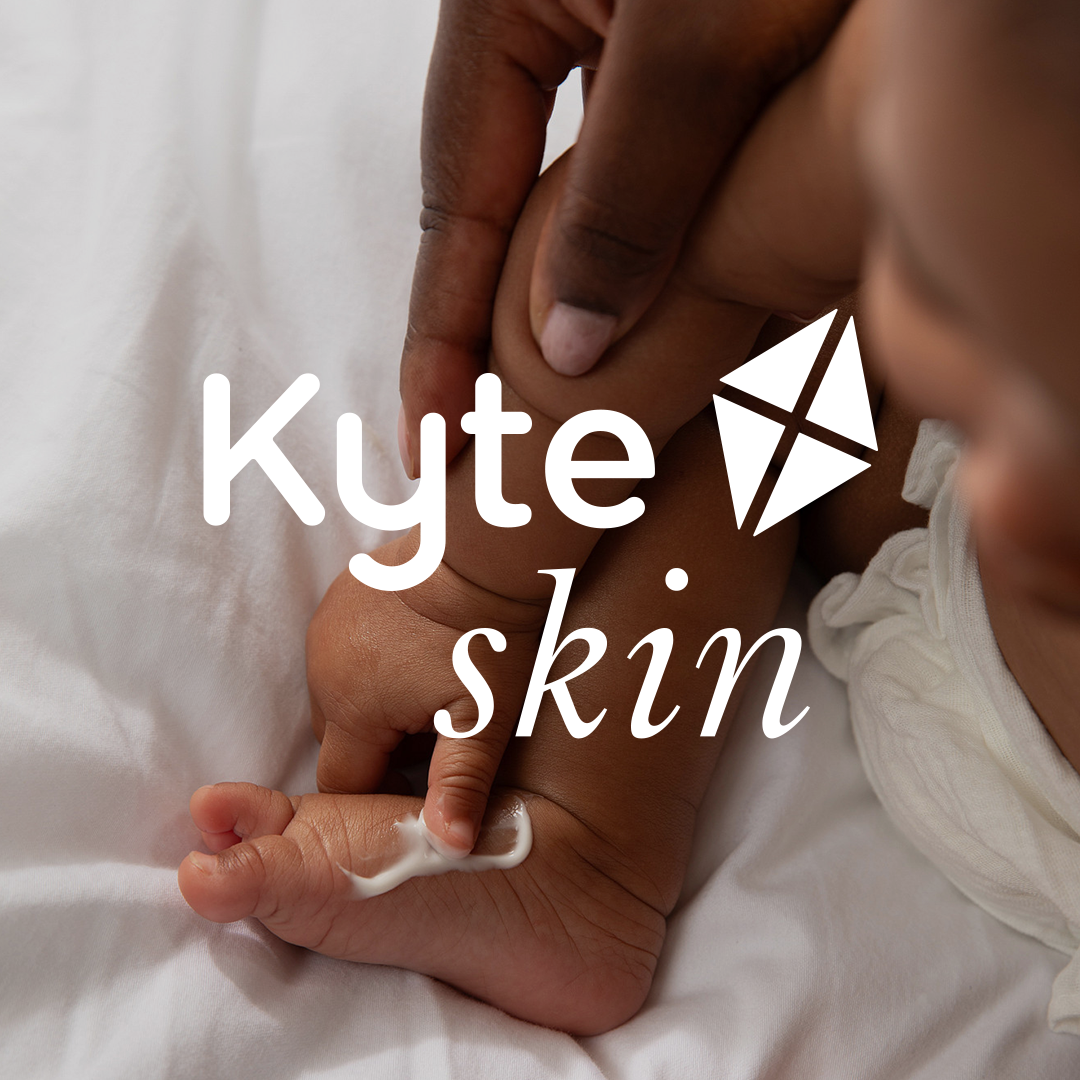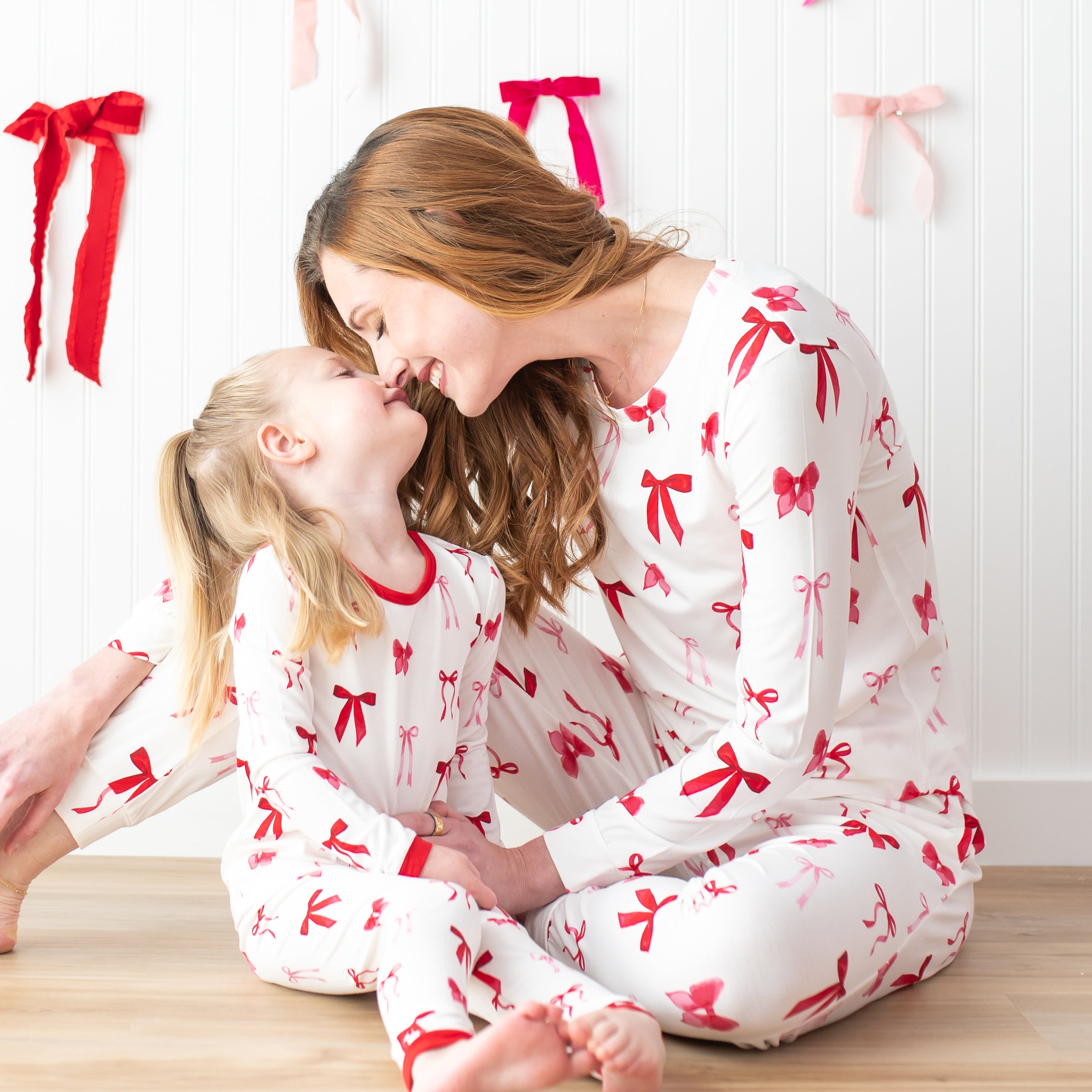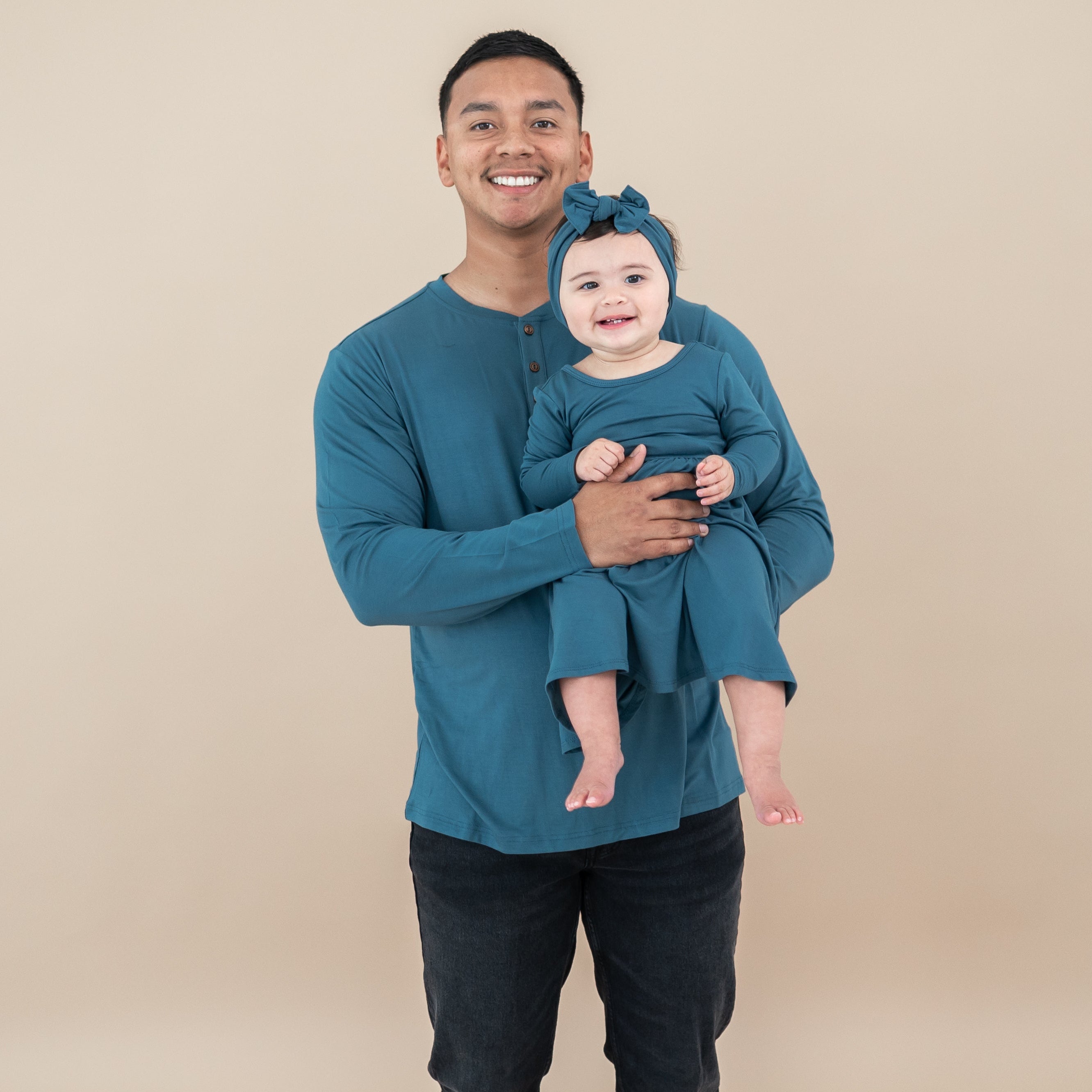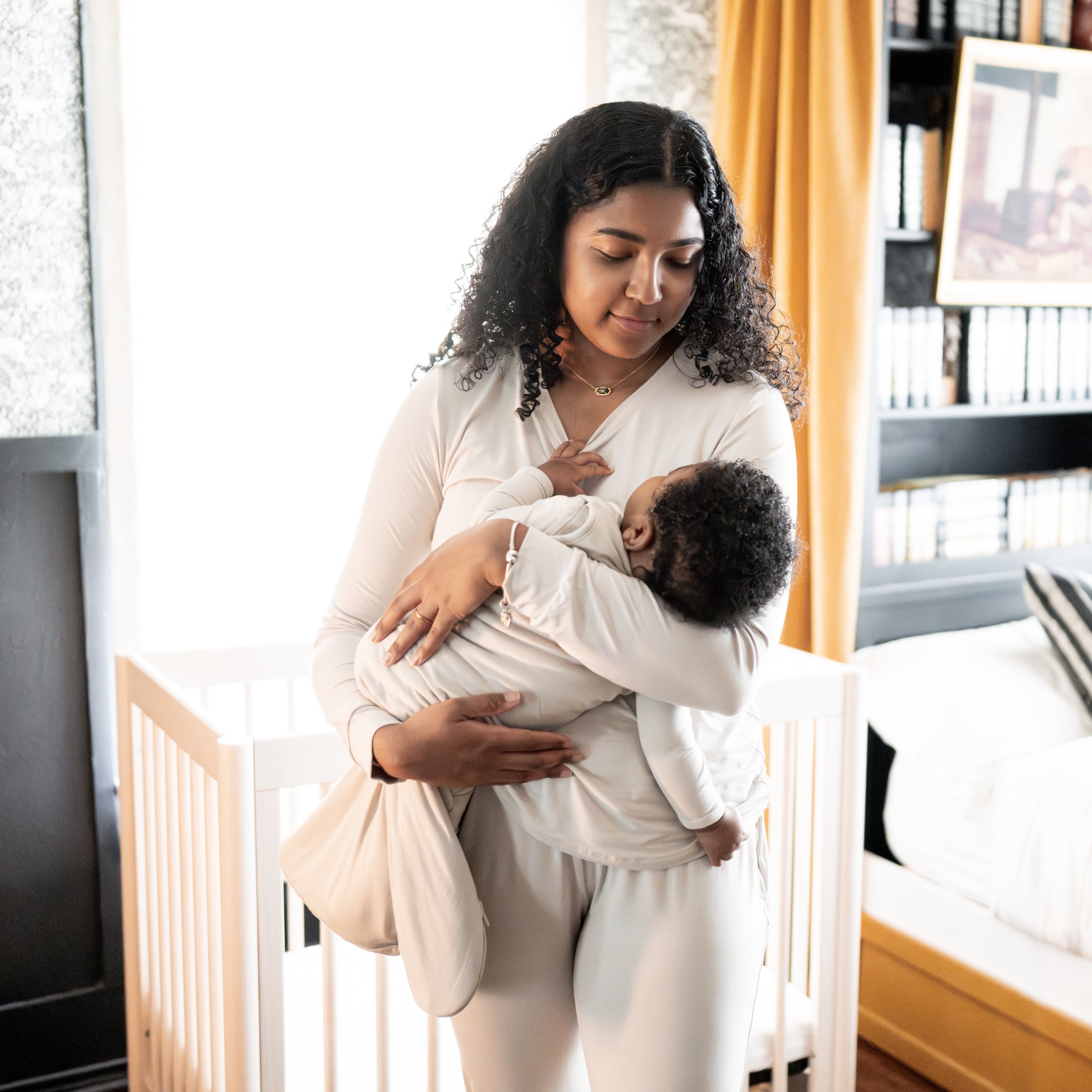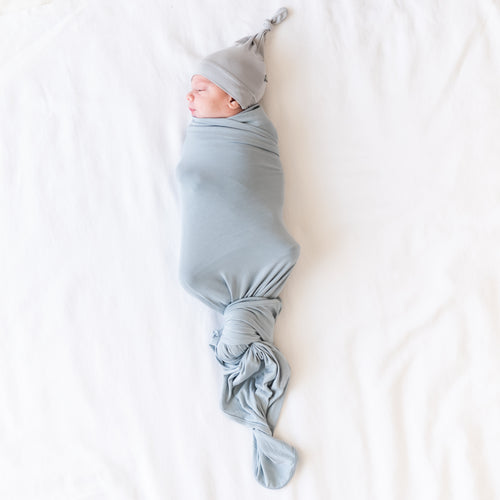Pacifiers are one of those inventions that are simultaneously the worst and best things ever created. While it’s undeniable that they’re an incredibly effective way to soothe a crying baby, prolonged use can lead to complications such as dental problems. Are you wondering whether or not to introduce a pacifier to your baby? Poll a hundred parents on how they feel about it and you’ll be hard-pressed to get a definitive answer. Some parents curse its existence, while others are grateful to have something that stops the crying so quickly. And the experts? The American Academy of Pediatrics recommends that parents consider offering a pacifier to newborns over one month old, but weaning them from its use after 6 months of age. Regardless of if, when, and how you choose to incorporate pacifiers into your baby’s life, it’s good to know the benefits and the drawbacks, as well as safe practices, so that you can make informed decisions around it.

PROS AND CONS OF PACIFIER USE
- PRO: They offer comfort and manage pain. Newborns are born with a sucking reflex that allows them to nurse effectively from birth. Nutritive sucking enables them to obtain food, but non-nutritive sucking is common behavior for them to self-soothe. Ultrasound photos even show fetuses sucking their thumbs in the womb! Pacifiers were introduced as a way to fulfill this innate desire to suck, and have continued to be an effective method of pain-relief and comfort.
- PRO: They reduce the risk of SIDS. This is by far the biggest benefit of pacifiers. It’s impossible for parents not to worry about Sudden Infant Death Syndrome in the first year of their baby’s life. While the exact correlation is unknown, offering a pacifier to an infant at the onset of sleep reduces the risk of SIDS. According to the AAFP It’s thought that “pacifier use may decrease the likelihood of rolling into the prone position, increase arousal, maintain airway patency, decrease gastroesophageal reflux and resultant sleep apnea, or increase respiratory drive with carbon dioxide retention.”
- CON: They may be associated with more ear infections. Ear infections are a common childhood affliction and are one of the biggest reasons for a doctor’s visit in the early years. A team of pediatricians in Finland suspected that pacifiers were a factor in some ear infections, and conducted a study whose results suggested that limiting pacifier use could cut the number of ear infections by 29%. However, this is not conclusive and can be argued that it’s more correlation rather than causation.
- CON: Prolonged use can cause dental problems. This is the main concern for parents and dentists regarding pacifier use. However, this also applies to thumb-sucking. The positioning of something in a child’s mouth over a long period of time can affect the proper development of the mouth and alignment of the teeth. This is why the overall consensus is that it’s best to break the habit of a pacifier or thumbsucking by the age of 3.
- CON: You might be up a lot in the night to replace the pacifier. This isn’t so much a con against pacifier use as it is something that will have you cursing the darned thing when you get up for the tenth time to pop it back into your crying baby’s mouth. Unfortunately, before babies have the ability to put the pacifier back in their own mouth, pacifiers can be rather annoying. It falls out of your sleeping baby’s mouth, your baby wakes up and cries, needing mom or dad to replace it. Rinse and repeat. It’s a tiring process, but thankfully your baby will eventually be able to do it on their own.
WHEN TO CHANGE OUT A PACIFIER
When something spends a lot of time in your baby’s mouth, it’s only natural that it should eventually begin to show signs of wear and tear. One of the most important indicators that it’s time to replace a pacifier is damage. Although, yes, the pacifier is perfect for harboring bacteria, it can be washed and sterilized. However, pacifiers are required to have ventilation holes, which can then become weak spots after being sterilized time and time again or if your baby chews on the nipple. Even a baby with no teeth can break down the material over time enough for it to rip. At that point, the pacifier is more of a choking hazard than a soother, and it’s time to replace it.
Another time you’ll need to replace a pacifier is when your baby makes the transition from Stage 1 to Stage 2. Stage 1 is for babies 0-6 months, and Stage 2 is for babies 6 months and older. The main difference in the two products is size. Stage 2 pacifiers are bigger and more appropriate for an older child’s mouth. A small pacifier designed for a young infant can become a choking hazard for an older one. Some pacifier brands design their Stage 1 product to have a thinner, more flexible nipple. This is appropriate for very young infants, but can be dangerous for those with teeth since they can more easily rip the material.


WHEN TO START USING A PACIFIER
Giving your newborn a pacifier might seem like a no-brainer, but if your little one is breastfed, it’s actually recommended to wait at least 3-4 weeks before introducing one. The reason for this is that it takes about 6-8 weeks before a mother’s milk supply is well-established, and pacifier use may cause nipple confusion when your little one is still learning to nurse. Although nothing conclusive has been proved, it’s thought that the differences between a pacifier and a nipple can lead to frustration while nursing or even breast refusal. To avoid these issues and to prevent a pacifier replacing feedings, the AAFP advises waiting at least 4 weeks before introducing a pacifier to your newborn.
Pacifier use really varies from family to family, but it’s worth considering limiting pacifier use to bedtime only. Limiting its use can potentially prevent many concerns regarding ear infections or dental problems, without having to completely go without.
WHEN TO STOP USING A PACIFIER
When to take the pacifier away from your child is really up to you. Although the AAFP recommends weaning after 6 months of age and that may be the easiest time to do so, there’s no rule that says you have to. It’s harder after your child is 9 months old because they may have developed an emotional attachment to it. But if you decide to continue pacifier use into toddlerhood, there’s nothing wrong with that either. Most children are emotionally ready to wean by 2-4 years old, and you can prepare your child in the days leading up to the goodbye by talking to them about it and letting them know that “binky is going away.” If you’re worried about the dental problems it may cause, limiting its use can greatly decrease the chances of malocclusion. Like anything, moderation is key.
COMPARING MATERIALS: RUBBER VS. SILICONE
If something is going into your baby’s mouth, you have every reason to think carefully about the material it’s made from. Rubber pacifiers, being softer than silicone, mimics the breast better and may be more comforting to your baby. Those made from natural rubber, like BIBS pacifiers, are not processed with chemicals, so they may feel like a safer and more eco-friendly option for some parents. Because rubber has natural elasticity, the shape of the nipple will change and expand with use, meaning they need to be replaced more often than silicone pacifiers. Rubber pacifiers should also be scalded, rather than boiled. If your little one has a latex allergy, using a rubber pacifier is a no-go, and you should stick to silicone.
Silicone pacifiers, like FRIGG and Ryan & Rose, are much more durable than rubber ones. The material is strong, easy to clean, and doesn’t retain odor, but is also more rigid and less like a real breast. Silicone rubber also typically contains chemical softeners and preservatives, although it is free of endocrine-disrupting ingredients like BPA, PVC, and phthalates. Although not as soft as rubber, it can withstand high temperatures when sterilizing, and is much more taste-neutral!
PACIFIER NIPPLE TYPES
As if there wasn’t enough to consider when choosing a pacifier for your baby, there are also different nipple types. The main shapes you’ll find are cylindrical, cherry, butterfly, and orthodontic. The cylindrical ones can be found on Philips Avent Soothies and look like a typical nipple. The cherry shape has a larger, rounded end, and is found on BIBS pacifiers. The butterfly shape, like the ones on MAM pacifiers, are shaped flatter and wider. The orthodontic shapes are beveled like a jewel and can be found on Nuk Orthodontic pacifiers.
So, which one should you choose? Breastfed babies may benefit from ones that promote tongue placement and movement similar to when breastfeeding, and the cylindrical and cherry shapes allow the tongue to cup the nipple in a similar fashion. If you are breastfeeding your baby, it may be best to start with the cylindrical type, since it is slightly wider at the base and allows your baby’s lips to rest in an open position, as opposed to the cherry shape which closes the lips. However, if your baby won’t take to the cylindrical shape, offer the cherry. If that one doesn’t work either, it’s okay to try the others too! Once your baby’s teeth emerge, it’s ideal to switch to an orthodontic shape because it is least likely to change the shape of your baby’s dental arch. If your baby won’t switch pacifiers, it’s not the end of the world. Remember, moderation is key!

Is your head spinning yet? In the baby products world, options are limitless and pacifiers are no exception. There’s a lot to be learned, but with all this information at hand, you can make all the best decisions around pacifier use for your little one. Honestly, the real kicker here is that you can spend a lot of time researching and picking out the perfect (well, what you think is perfect) pacifier, only to have your baby want nothing to do with it. Every baby is completely different with varying preferences, so don’t be discouraged if yours doesn’t take a pacifier at all or has a hard time weaning from it. In the end, you know your baby best and can trust yourself to make the right decisions for their wellbeing.


